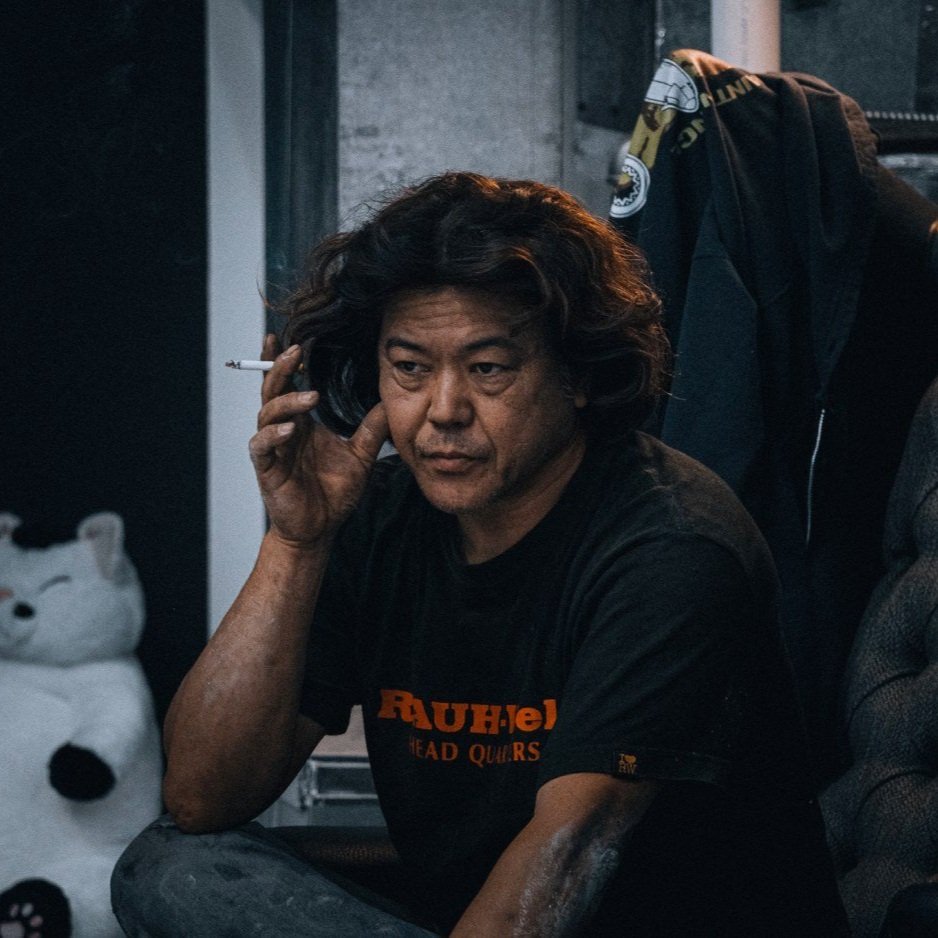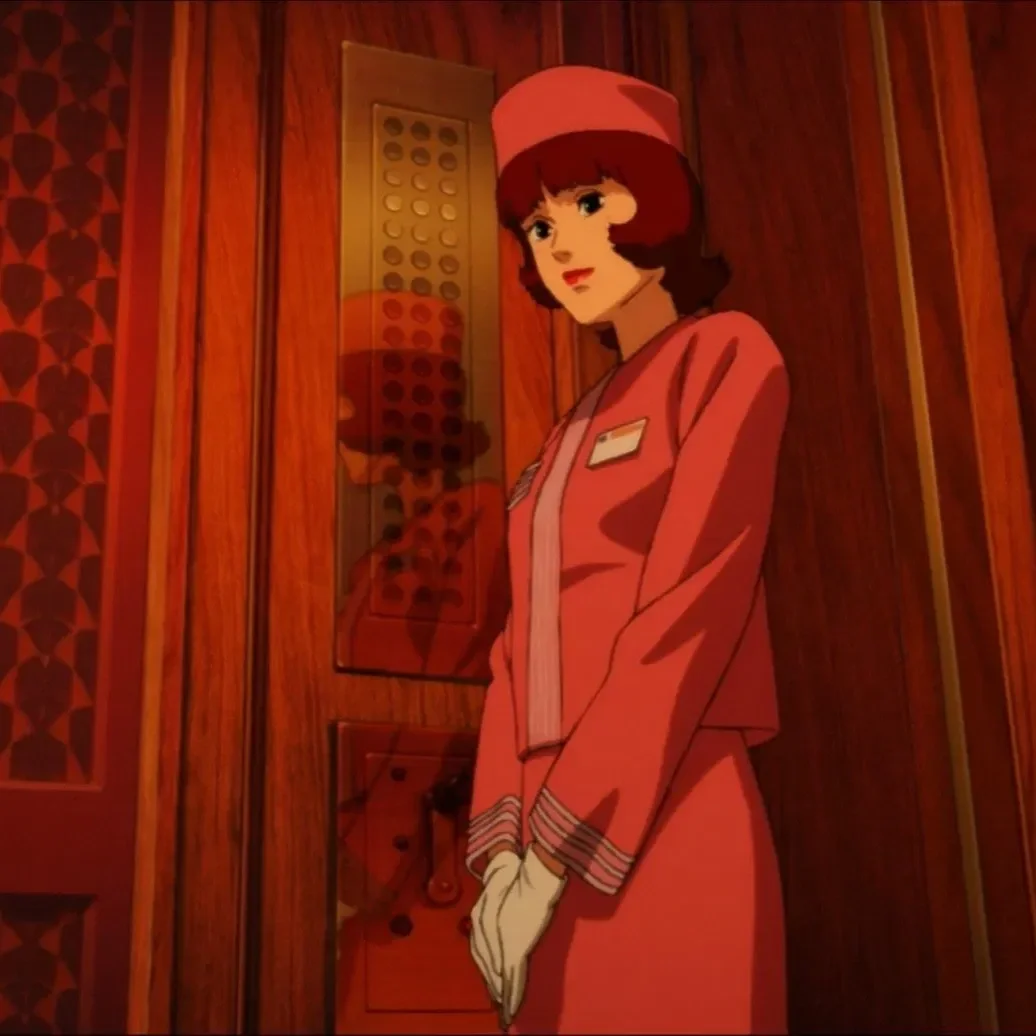The Art That Makes Vagabond Ache - Takehiko Inoue’s Mastery of Expression
© Takehiko Inoue
There are countless panels, especially near the end of the Vagabond saga, where Musashi stands alone, staring down at the idea of himself. Where the story once began with a search for worthy opponents, near the end we don’t even see a sword drawn, because there’s no one left to fight. Just a man alone with everything he’s tried to escape. It’s not dramatic. And that tells you everything you need to know about Takehiko Inoue.
Most manga fight with words, sound effects, and spectacle. Vagabond fights with line and silence. Inoue’s unique and detailed inking feels like he’s chiseling memory into the page, the memory of a character he never knew. A single menso brushstroke can carry the violence of battle or the gentleness of doubt. Sometimes both.
What sets Inoue apart is the expressive elasticity of his art. He doesn’t adhere to a single visual language across the series. At times his work is almost photorealistically detailed: a droplet of sweat, the furrowed brow of a warrior deep in thought. At others, it dissolves into abstraction: splashes of ink and half-finished, eyeless faces that vanish into the paper like ghosts.
But it’s in the faces, especially Musashi’s, that the emotional core of Vagabond takes shape. Through Inoue’s illustrations, Musashi’s face becomes a canvas of doubt, anger, tenderness, and exhaustion. Inoue captures micro-expressions, the distant stare of a man reliving a mistake. His characters wear their lives on their faces. You can tell who has killed, who has lost, who is pretending to be strong. Often, it’s Musashi himself whose face betrays him, showing fear just as he’s about to strike, or anger and disbelief just after he walks away.
This refusal to settle is deliberate. Inoue uses stylistic shifts to mirror Musashi’s emotional state, or rather, debate. Fights are chaotic, kinetic, sometimes so violently sketched they seem unfinished. Adapted from Eiji Yoshikawa’s novel Musashi, the manga follows the legendary swordsman Miyamoto Musashi on his quest for invincibility. But Inoue doesn’t romanticize the path of the sword. He totally strips it of glory, transforming Musashi into anything but a glorious hero. He’s a storm barely held together by skin and pride, a storm on a path to confront what’s inside. Ego. Fear. Hunger. The ache of not knowing where you end and the legend begins.
This internal war is where Inoue excels. You see it in the extended introspection between battles. In the weight of Musashi’s stare, as well as those who oppose him. In the stillness of a man who’s just killed and doesn’t feel victorious, only more alone. Inoue draws emotion not with exaggerated expressions, but with restraint. Through shoulders that sag just enough to show surrender. When the violence comes, it doesn’t explode. The ink blurs, bleeds, and drips until you feel the fatigue and fragility in each panel.
There’s a kind of spiritual realism in Vagabond. Not just in its depiction of nature but in its honesty about growth. Musashi changes slowly and uncomfortably, because his path makes him live through an extended life lesson. A lesson Inoue captures with such visual nuance it feels less like a story being told and more like a life unfolding.
In the end, Vagabond isn’t a samurai manga. It’s a meditation drawn in brush and blood. A portrait of what it means to search for meaning when the sword no longer gives you one. And Inoue, through his linework, makes you feel every step of that journey of a beautiful yet broken human.
And then, he stopped.
Vagabond hasn’t officially ended. It’s been on hiatus since 2015. In interviews, Inoue has spoken candidly about burnout, about the pressures of serialization, and about his evolving relationship to Musashi. Maybe he no longer needs to finish the story. Maybe Musashi’s journey toward peace mirrors his own.
In a way, the unfinished nature of Vagabond makes it feel even more true. Life rarely resolves cleanly. Growth doesn’t stick to a publishing schedule. Maybe the greatest lesson in Musashi’s story is that sometimes, walking away is not a failure, but the final step toward wisdom.












How the Bokka of Oze keep the porter tradition alive.